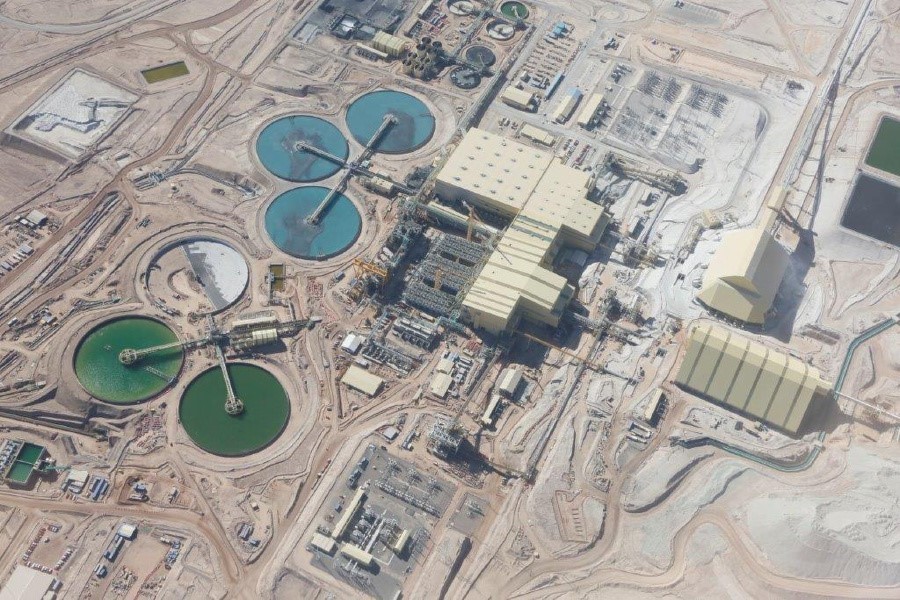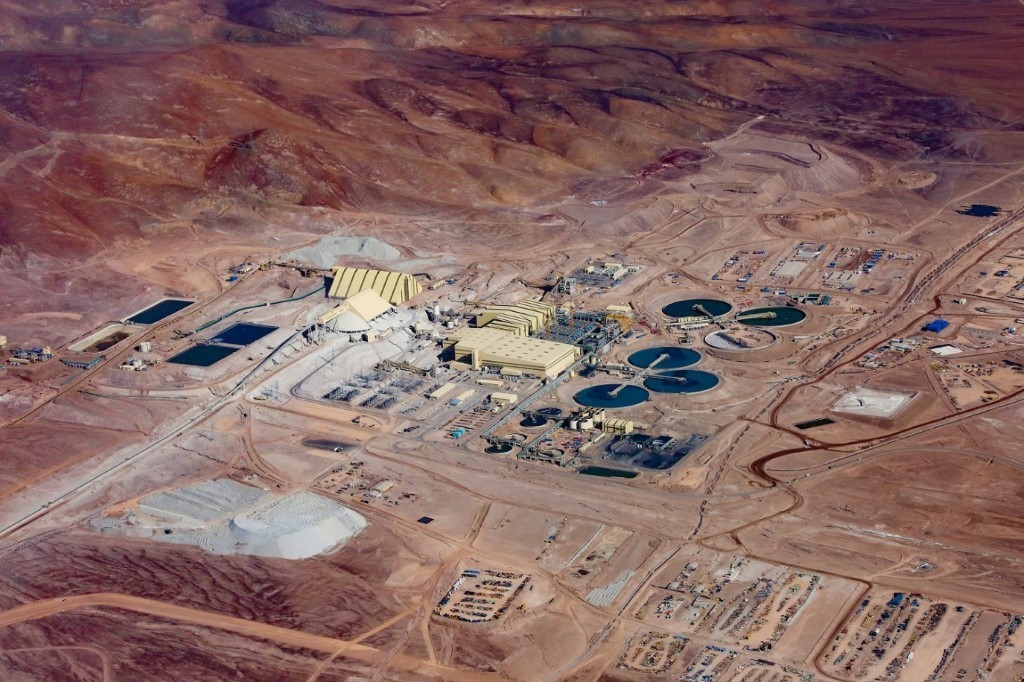The new concentrator project included four ball mills, four sets of hydrocyclones, a coarse ore handling system, a pebble crushing circuit, concentrate and tailings thickeners, and modifications to Escondida's power and water supply systems.
Although the project required 60 million job hours and involved 9,200 people during peak construction, Bechtel and BHP managed to complete it with an outstanding safety record.
With the start of operations at Organic Growth Project 1 in 2016, Escondida was able to begin operating three concentrators simultaneously, boosting overall throughput capacity to 422,000 metric tonnes per day, higher than any other mine. This offset a natural decline in ore grades, maintaining average production capacity at the world’s largest copper mine at approximately 1.2 million metric tons per year.
In 2016, Escondida was awarded the National Mining Society Award in the Large Producer category for its position as a leader in Chilean copper production and for the start of operations at Organic Growth Project 1.
Since beginning operations in 1990, Escondida has increased its processing capacity by more than 10 times and its copper production has almost quadrupled.
Santiago Hub streamlines study and execution phases
Just like in Brisbane, Bechtel and BHP established the Santiago Hub in order to have a specific execution model in Chile. However, while the Brisbane center focused on multiple metallurgical coal projects, the Santiago Hub was utilized solely to plan and execute expansions of Escondida.
The multi-year Hub model enabled Bechtel and our customer to collaborate and align on a planned long-term arrangement for the most effective delivery in terms of budget, schedule, safety and quality improvements, and risk reduction during construction.
This innovative solution was also utilized for the Oxide Leach Area Pad and Escondida Water Supply projects at the world’s largest copper mine. The latter, a 2,500-liter per second seawater desalination plant, also began operating in 2016.
In order to provide an alternative water supply to Escondida’s three copper concentrators, the facility is the second desalination plant at Coloso Port.






